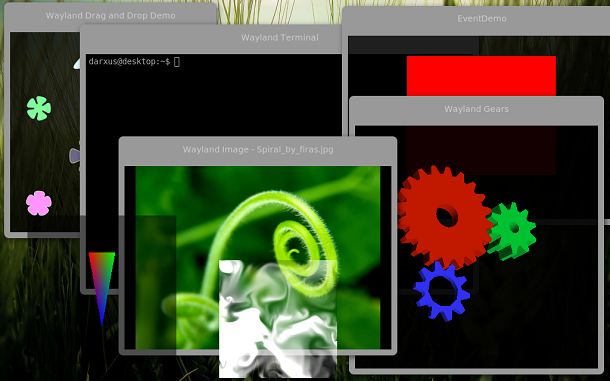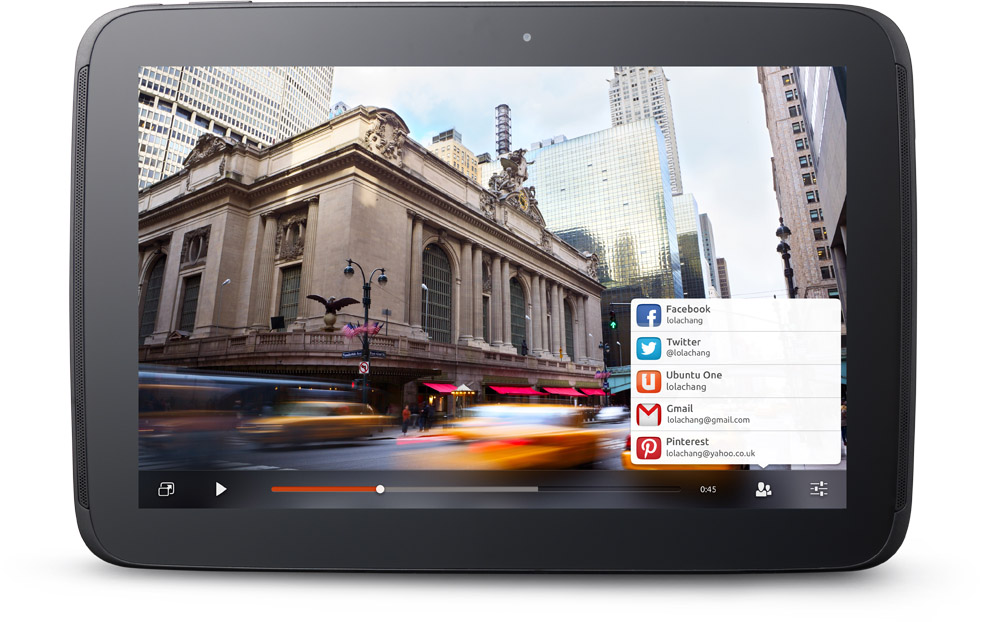Does New Ubuntu Interface Represent the Future of Linux?
There is little doubt that Ubuntu has proved to be one of the most popular distributions of the open source OS, Linux. Canonical, the company which develops the different versions of Ubuntu is trying to branch the distribution out of the shadows of Linux. According to reports, Canonical has been working on several products related to Ubuntu but has been doing it virtually independently. The company has stopped relying on the resources and tools available through the Linux community.

Wayland runs graphical UI’s on operating systems like Linux
Generally, the various distributions made for the open source platform are made using the components built by developers especially for Linux. This may be the first instance of a leading distribution trying to break away from it. This has resulted in creating an environment of loathing towards Canonical as many of the Linux users feel that the company has let the open source platform down. After all, it is true that without the Linux tools and backing, Ubuntu would not have been as popular as it is now.
The rebellious nature of their actions means that Canonical is going to be under fire from all quarters as far as Linux is concerned. They are reportedly working on an interface similar to Windows but which could be run on Linux. The resulting outrage has created a controversy Linux could have done without. Yet, at the same time, this could mean that the new interface Canonical is working on would be the future of Linux across the computers and mobile devices.
In fact, the new interface could be the catalyst for Linux to make a mark in homes and offices. It is typically viewed as a great platform for running heavy servers to ensure the provision of business applications and web services. Yet, the same cannot be said of non-enterprise users. Canonical may be breaking away from the mold but might actually end helping Linux overcome this obstacle once and for all. But, it also appears likely that devoted Ubuntu users might desert the distribution.

The attempt by Canonical to go independent is not the first time the Ubuntu team has attempted such a coup. Previously, a situation arose when Ubuntu was created. It was found that the team had forked another distribution, Debian for developing Ubuntu. A prominent example is that of Unity. The Unity interface shell replaces the conventional GNOME shell which had been a part of GNOME since day one. Unity displaced the GNOME shell and the developers got a lot of flak for it.
Most of the time, users are confused as to what exactly is Linux. Linux is a kernel, which provides the base for an operating system. Different tools, components, programs and software are added on top of the kernel to create the operating system. Any software which is combined with the kernel comes to be known as a distribution, which in this case is Ubuntu. The tools provided by the kernel are used for creating an interface for the OS, which is the source of controversy this time around.
Whether or not the new Ubuntu Windows-like interface represents the future of Linux can only be determined once it is completed and released.



0 comments: